
As the proud owner of a boat, I have a couple of options when it comes time to paint its bottom. Those options are a hull paint or a gelcoat finish. The experts in marine maintenance have fixed and buffed out boats painted with either product, each one resulting in a finish that was shiny and brand new!
If you have ever wondered which was better, hull paint or gelcoat, the answers are all here. From a brief history, knowing the difference between the two. In addition, there will be a brief rundown of the costs, materials, durability, features, and benefits.
Let’s start with a short history lesson.
Related: What is a Cathedral Hull on a Boat?
What are antifouling systems?
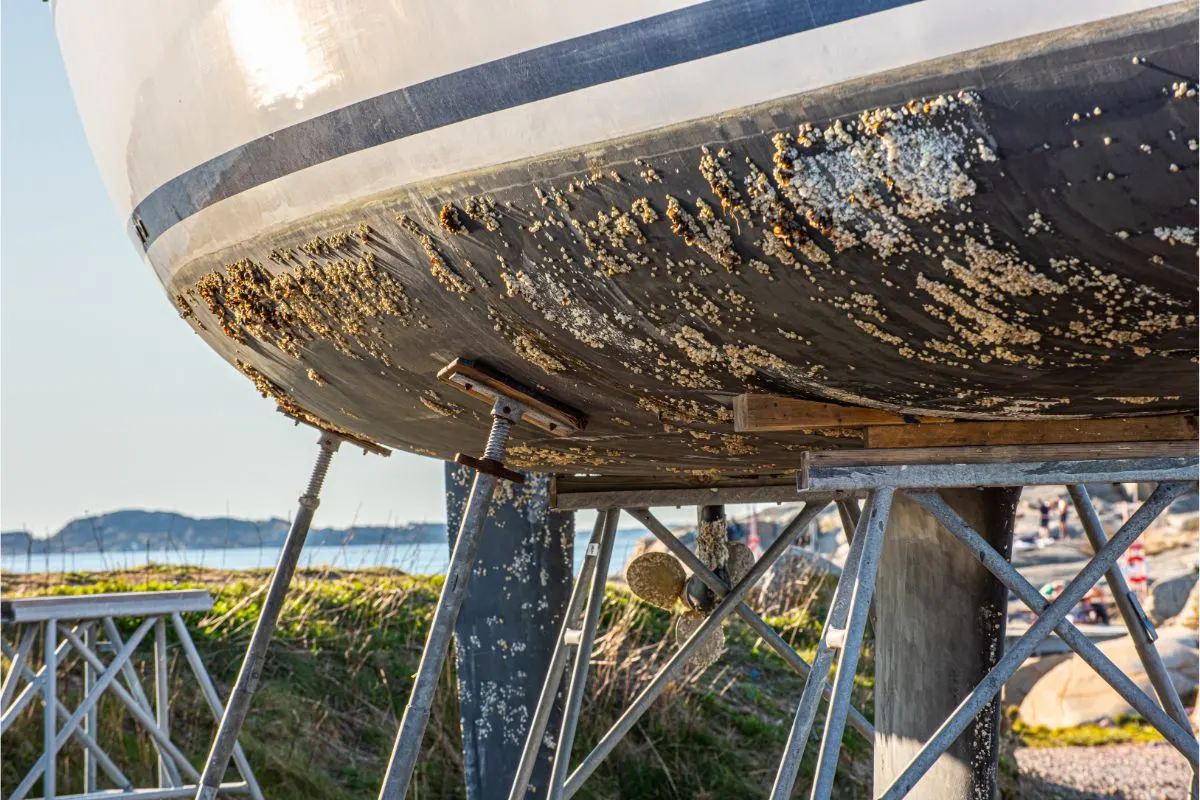
Surface treatments, paint, and coating used to control or avert unwanted organism attachments on a solid are antifouling systems.
An antifouling paint–also called a bottom paint–is used as a means of warding off negative marine life. For example, this could be weeds, barnacles, or any organisms that survive by adhering to your boat’s bottom side.
What is anti-fouling paint used for?
Just as an anti-fouling system is needed, anti-fouling paint also serves a purpose. Mariners paint the bottom of their boats with this paint. This is done as a means to keep away any marine life trying to stick onto it.
Anti-fouling paint keeps away such things as certain organisms, weeds, and barnacles, all items that threaten a boat’s integrity.
Why use a gelcoat finish?
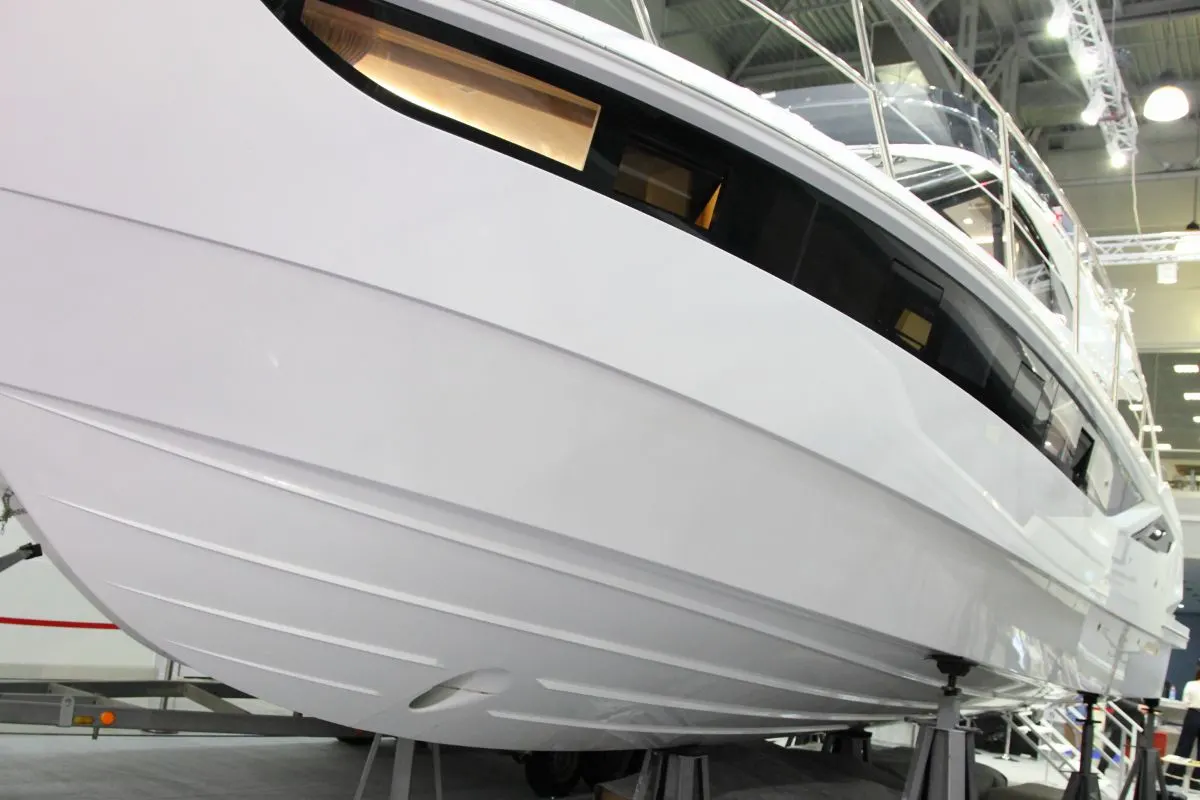
Many yachts hulls, when first built, are painted with a resin-based gelcoat finish. This creates a casing that is hard and almost shell-like once this form of adhesive material is applied and dries.
This finish has a protectant that aids against the damages of UV rays, it also guards against chemical reactions that might be harmful. The hull of a yacht is often targeted by a variety of synthetic mists which also threatens the structural integrity of a boat.
When using a gelcoat finish on the hull of a boat, strengthens the overall durability. The use of a gelcoat will ensure the boat lasts a long time without a need for more extensive, costly repairs.
What kind of paint is used on a boat’s hull?
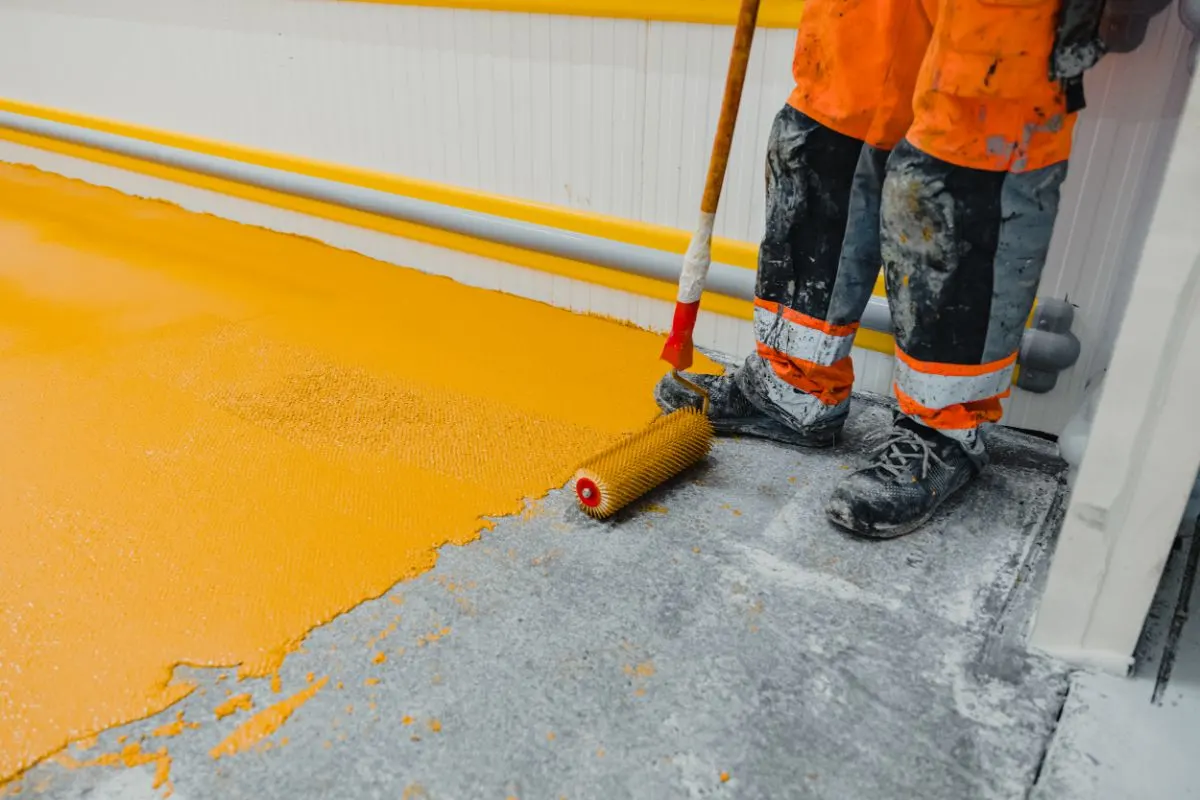
If you are planning to paint the hull of a boat, the best paint to use is a single-part polyurethane paint. Another good paint, not as costly as the two-part polyurethanes, is urethane paint. These are simple to use and the gloss lasts a long time.
However, many boat owners dispute that the two-part Polyurethane paints have the best look. Even offering a shinier result than the gel coat originally applied.
What is the difference between hull paint and gelcoat finish?
Hull paint is basically a type of urethane paint that has been categorically formed for use on yachts and boats. Marine paint is the more costly option when looking at pricing for boat bottoms. Yet, there are a lot more color choices with paint.
Dissimilar to gelcoat, before applying marine paint you are required to make extra preparations. Painting with hull paint is simpler and the common option many do-it-yourselfers use when making repairs. Hull paint has a finish that is glossy when dried.
When painting with a gelcoat, you will be required to use several layers along with a top coat of clear gloss to get similar results.
What are the benefits of gelcoat paint?

If you choose to go with the gelcoat paint for your boat’s hull, you are choosing one with UV protection. A gelcoat paint provides stability against the reactions of dangerous chemicals. Therefore, if painting the hull of a yacht, this advantage is a bonus because of the many chemical vapors they are exposed to frequently.
In addition, another benefit gelcoat paint has is a durable, long-lasting finish.
What are the benefits of marine hull paint?
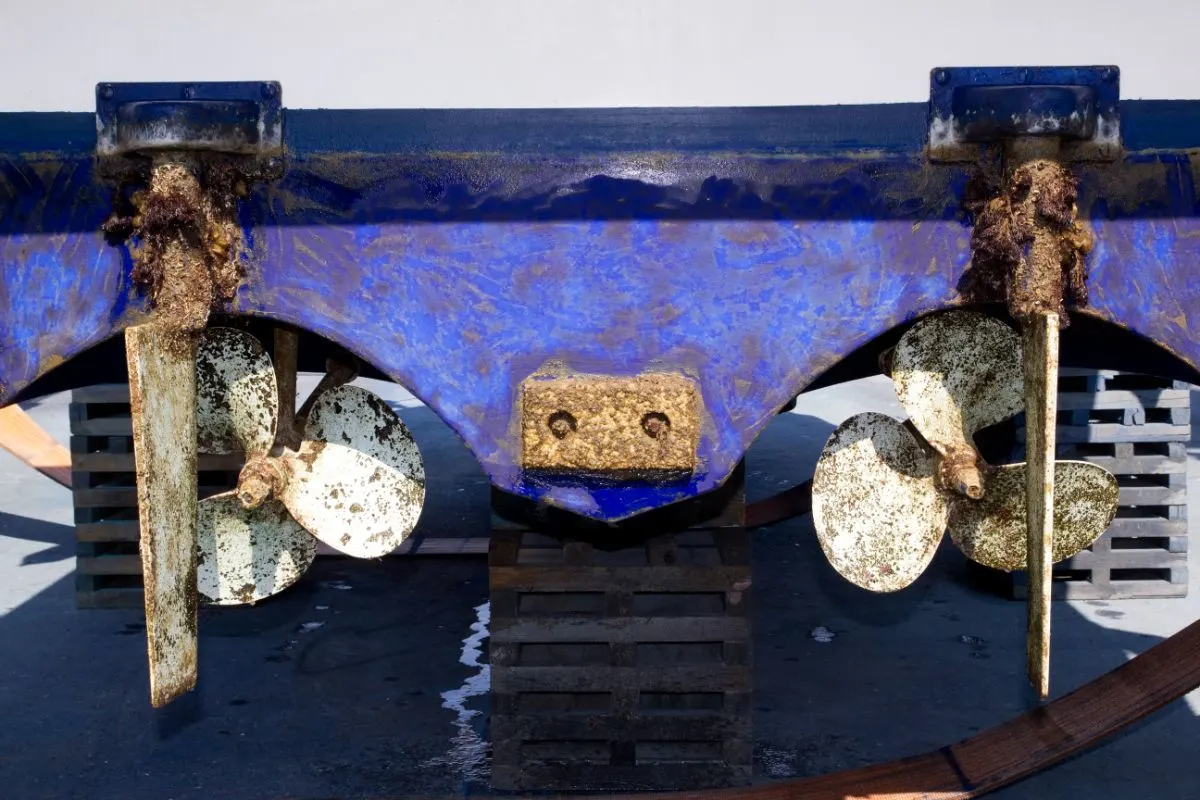
The most beneficial thing about using hull paint is the aversion to harming and retaining the hull’s integrity. Painting the hull is an essential facet of the maintenance of a boat or yacht. Ensuring the boat’s extreme performance.
The main purpose of painting a boat’s bottom is to prevent the growth of organisms due to fouling damage. This damage is created when organisms adhere themselves to the metal and fiberglass surfaces that are underwater.
Some of those organisms include algae, seaweed, and barnacles, all are capable of accumulating quickly in little time. If you do not take steps to stop the growth, the layers of marine growth will eventually hinder the boat’s performance. Creating an increase in fuel cost, and decreases in boat speed, even harming the propellers and other underwater operations.
Why is antifouling paint used?
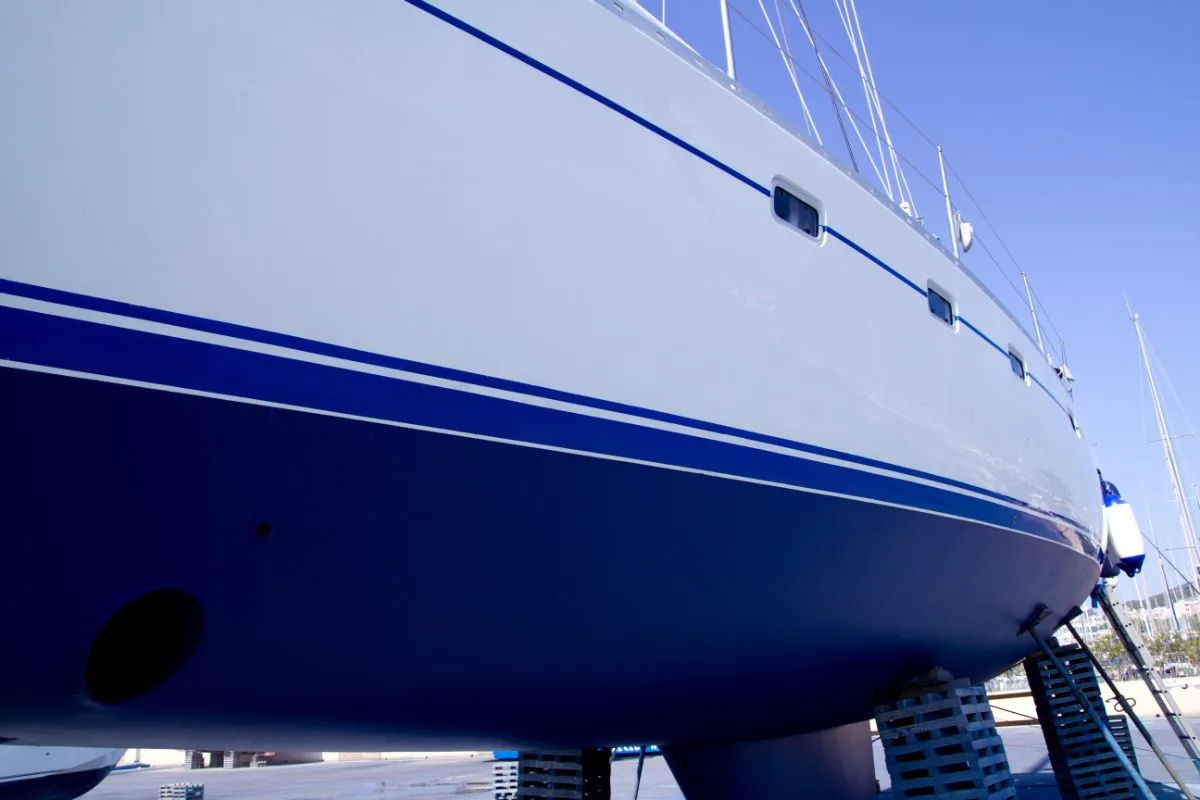
Antifouling paint is a type of bottom paint boat owners utilize to get rid of bad organisms. can be anything like barnacles, slime, and weeds. Also any number of sea critters that relish eating the underbelly of your boat, causing it to operate slower.
An antifouling paint uses biocide–meaning ‘life-destroying’–in how it operates. Currently, biocides are made up of cuprous oxide or copper, and the majority of bottom paints contain this–around 95%.
The two primary bottom paints
Hard bottom and ablative are the two major bottom paint types. Below is a description of each and what they are used for.
Ablative paints
Over time ablative paints will erode, this is why they are referred to as eroding or soft paint that is self-polishing. The biocide is forced to leach out as water flows and wears down the paint. If you go at extremely fast speeds on the water, this also causes the paint on the bottom to erode more quickly.
Therefore, causing a need to have to repaint the boat’s bottom.
Non-sloughing/hard bottom paints
These types of paints have a coating consisting of resilient epoxy. When using this kind of paint product, the biocide wears away, not the paint. Because there is no biocide remaining, you will have to start over by stripping and repainting the hull.
Typically ablative paint is used on vessels intended for recreation. However, when it comes to antifouling systems, it isn’t a system of one-size-fits-all. A boat’s performance is dependent on several factors–such as weather, water conditions, and boat type and speed.
Frequently Asked Questions (FAQs)
Why should you paint the hull of your boat?
When a boat owner paints the bottom of their boat it averts organism growth from adhering to the hull. This excessive growth can have an adverse effect on the speed, durability, and performance of the vessel. This is particularly true for boats left in water for a longer time period.
How often should I paint the hull of my boat?
The hull of your boat should be painted once annually. Yet, with some types of bottom paint, you can wait and do it every two years. For boats that spend the majority of their time afloat, you should at the least have the hull inspected for unwanted organism growth.
So… which is better? Hull paint or gelcoat?
The answer is pretty much a matter of opinion. Gelcoat paint takes more layers for the desired, glossy look. If you want to have more color options, then the hull paint is what you want to go for.
Gelcoat is a preference if you want to avoid the dangers of UV rays or harsh chemicals. Whichever paint type you decide to go with, your boat’s hull will look beautiful with a fresh coat of paint.
